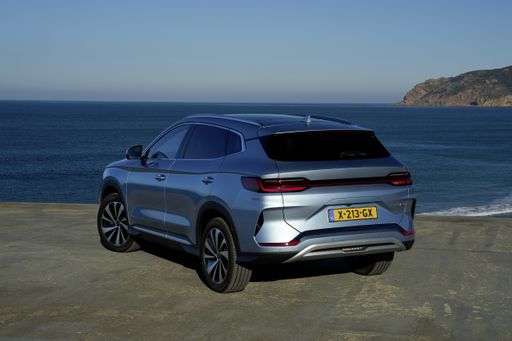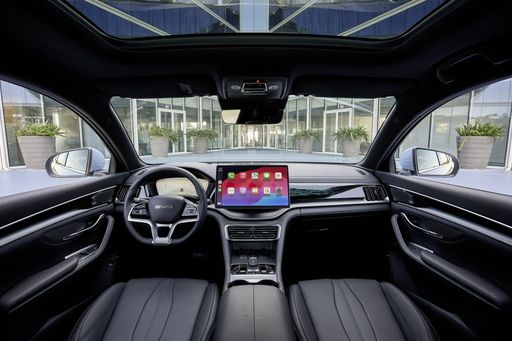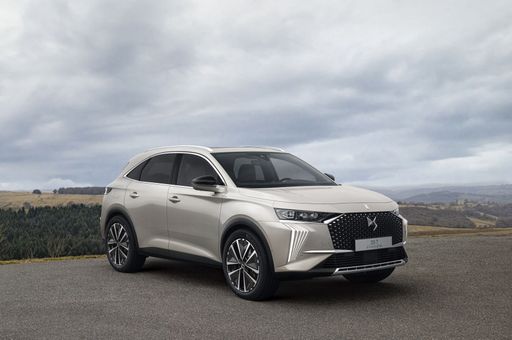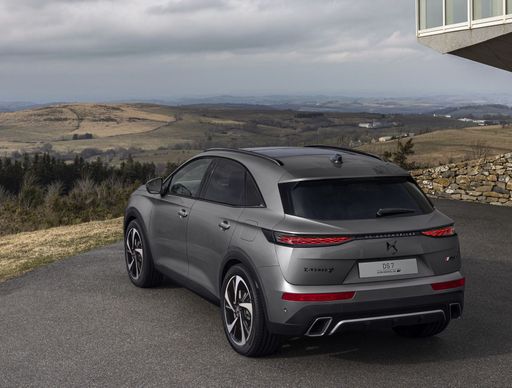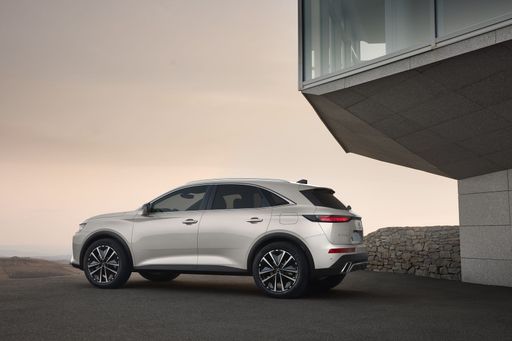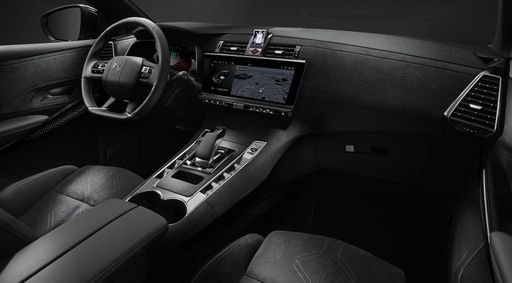The Battle of Sophistication: BYD Seal U vs. DS 7 Crossback
In the dynamic world of compact SUVs, the BYD Seal U and the DS Automobiles DS 7 Crossback are two contenders offering innovation and style. Both vehicles blend advanced technology with distinctive features, yet they cater to somewhat different consumer needs. Let's delve deeper into their technical specifics and innovative features.


